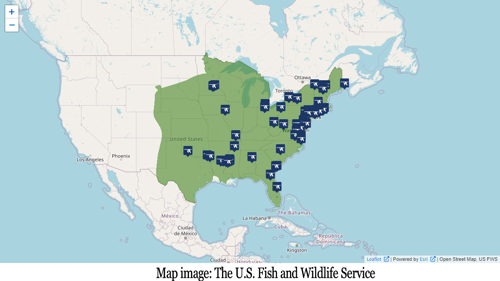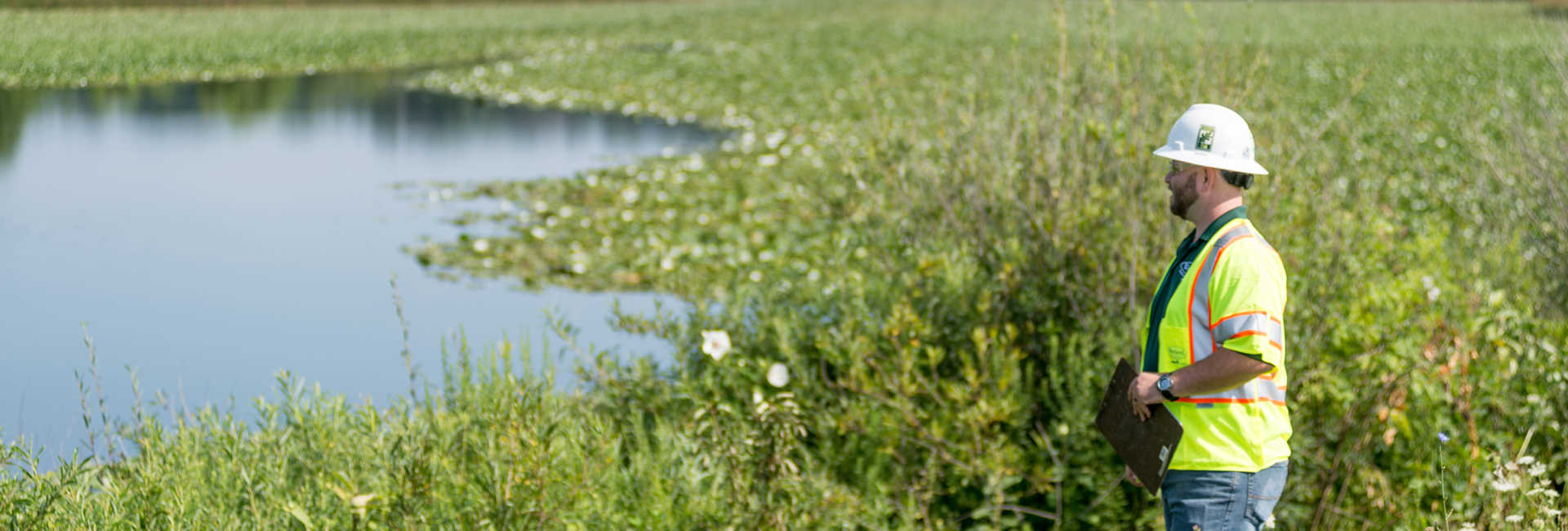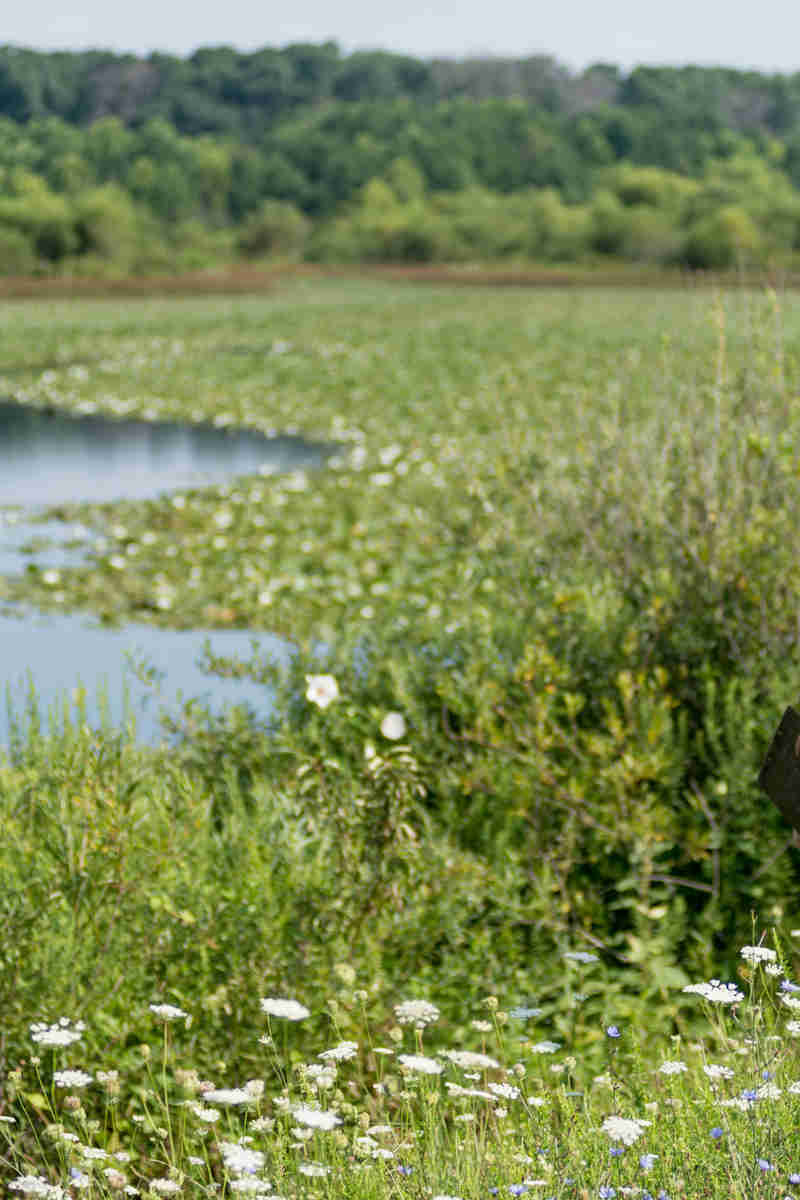Characterized by its unique multicolored yellow fur, the tri-colored bat is a small bat native to the Eastern and Central United States. This bat species feeds on insects such as moths, beetles, wasps, flying ants, and flies and are often found in caves, abandoned mines, and even manmade structures such as bridge culverts in the winter. During the spring, summer, and fall, tri-colored bats frequent forested habitats and often roost in leaf clusters in the canopies of deciduous hardwood trees, Spanish moss, and evergreen trees.
White-nose syndrome, a deadly fungal disease, has caused 90 to 100 percent declines in tri-colored bat colonies and is currently present in nearly 60 percent of its range across North America. Because of this decline, the U.S. Fish and Wildlife Service (USFWS) has determined that the tri-colored bat now meets the definition of endangered under the Endangered Species Act.
What Happens Once the Tri-Colored Bat is Listed as Endangered?
Once listed as endangered, federal actions or projects that are federally authorized or funded, which may affect the tri-colored bat, must comply with Section 7 of the Endangered Species Act. Coordination with the USFWS may also be required for non-federal projects since “take” prohibitions still apply. Projects that may affect tri-colored bat or other federally listed bat species include, but are not limited to, tree clearing or land conversion projects, construction activities on bridges and culverts, and wind turbine operation.
Requirements and mitigating measures for the tri-colored bat are expected to be similar to those already established for the Indiana bat and northern long-eared bat.
Common best management practices include implementation of time of year restrictions for tree clearing or other activities that may affect roosting bats. Time of year restrictions may vary depending on the state in which the project takes place. Coordination with the local USFWS Ecological Services Field Office is recommended to determine appropriate next steps and avoidance/mitigating measures.
How Can We Help You?
Davey Resource Group (DRG) has decades of experience working with federal agencies for permitting and regulatory compliance. Our team of experts can determine applicability, the potential presence of federally listed bat species, complete habitat assessments, conduct present/probable absence surveys, identify methods to minimize and avoid impacts to bats and their habitat, coordinate with USFWS and other natural resource agencies, and more. To learn more about bat requirements for your project, contact your local DRG office.
Article Contributors:
Jennifer LaStella, Senior Project Manager, Davey Resource Group New Jersey




